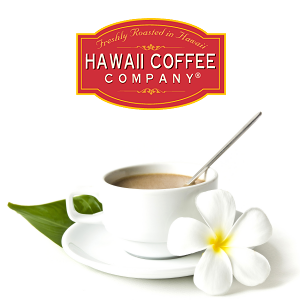In the intricate world of coffee, the discussion around Dark Roast vs. Medium Roast Coffee is more than just a matter of taste—it’s a comprehensive narrative encompassing sustainability, sourcing, and environmental responsibility. This article delves into the heart of coffee production, from the ethical sourcing of beans within the rich regions of the coffee belt to the nuanced environmental considerations of the roasting process. It also highlights the importance of supporting local coffee roasters and how these choices impact not only our coffee experience but also the global community and environment. Here, we explore these vital aspects, shedding light on how our preference for dark or medium-roasted coffee connects to larger issues of sustainability and ethical practices in the coffee industry.
Don’t want to read? Press play and enjoy the article as an audio version below.
- Introduction & Key Differences
- https://app.mysoundwise.com/tracks/17007640747861934e.mp3
- Dark Roast vs. Medium Roast Coffee – Flavor Profile
- https://app.mysoundwise.com/tracks/17007641064754424e.mp3
- Dark Roast vs. Medium Roast Coffee – Aroma
- https://app.mysoundwise.com/tracks/17007641393259985e.mp3
- Brewing Methods for Dark Roast and Medium Roast Coffee
- https://app.mysoundwise.com/tracks/17007641681562070e.mp3
- Health Benefits and Considerations
- https://app.mysoundwise.com/tracks/17007641985828936e.mp3
- Sustainability and Sourcing
- https://app.mysoundwise.com/tracks/17007642330225488e.mp3
- Conclusion & FAQs
- https://app.mysoundwise.com/tracks/17007642633836514e.mp3
Medium Roast vs Dark Roast: Key Differences
- Diverse Aroma Profiles of Dark and Medium Roasts: The article details the distinct aroma profiles of dark and medium roast coffees. Dark coffee roasts are characterized by a smoky and intense aroma, often with rich notes like dark chocolate, while medium roasts offer a more mellow and fragrant aroma, retaining more of the bean’s original fruity and floral notes.
- Taste Differences Between Roasts: In terms of taste, the dark coffee roast is bold and robust, with a tendency towards bitterness and a heavier body. Medium coffee roast, on the other hand, is known for its balanced and versatile flavor profile, showcasing a smoother taste with moderate acidity and a range of subtle flavors.
- Optimal Brewing Methods for Each Roast Type: The article outlines the best brewing methods for each type of roast. French Press is ideal for dark coffee roasts, enhancing their bold flavors, while drip brewing suits both roasts well. Espresso brewing is typically associated with dark roasts, but medium coffee roasts can also be used for a less intense espresso.
- Environmental Impact of Coffee Roasting: Highlighting the environmental considerations, the article stresses the importance of sustainable practices in coffee roasting, including energy-efficient methods, emission reduction, and responsible waste management.
- The Role of Ethical Sourcing and Sustainability: The significance of ethical sourcing from the coffee belt regions is underlined, along with the impact of consumer choices on global communities. The article encourages supporting local coffee roasters for fresher products and a reduced carbon footprint, while also fostering better awareness about the origin and sustainability of coffee.
Dark Roast vs. Medium Roast Coffee – Flavor Profile

The debate between dark roast vs medium roast is as rich and varied as the flavors they offer. These two types of roasts significantly influence the taste, aroma, and overall coffee experience, choosing between them a pivotal decision for coffee enthusiasts. Understanding the distinct characteristics of each roast can help in making an informed choice that aligns with personal preferences. Here, we delve into the unique flavor profiles of dark and medium coffee roasts, comparing their boldness, versatility, and suitability for different taste preferences.
Dark Roast: Bold and Robust
When it comes to dark roasted coffee, it is often celebrated for its bold and robust flavor profile. This type of coffee undergoes a longer roasting process, which significantly impacts its taste and aroma.
- Intensity: this type of coffee is characterized by its strong, intense flavor. This intensity often comes with a slight bitterness, which is a signature trait of dark coffee roasts.
- Texture: In terms of texture, this coffee tends to have a heavier body compared to lighter roasts. This results in a more substantial mouthfeel.
- Acidity: The acidity in this type of roast is typically lower, as the roasting process reduces the bean’s natural acidity.
- Flavor Notes: Common flavor notes found in this coffee include dark chocolate, caramel, and sometimes a smoky or woody quality. These flavors are the result of the coffee oils emerging more prominently during the extended roasting period.
Medium Roast: Balanced and Versatile
Medium coffee roast strikes a balance between light roast coffee beans and darker ones, offering a versatile flavor profile that appeals to a broad range of coffee enthusiasts.
- Flavor Balance: The defining characteristic of medium-roasted coffee is its balance. It retains some of the original flavors of the coffee bean while also introducing some roasting-induced flavors.
- Texture: This type of roast coffee usually has a medium body, offering a smoother mouthfeel than dark coffee roast.
- Acidity: It retains a moderate level of acidity, which contributes to its bright and lively taste.
- Flavor Notes: Typical flavor notes in medium-roast coffee include caramel, nuts, and fruits. These flavors provide a well-rounded and satisfying coffee experience.
Taste Preference: What Suits You Best?
Choosing between medium vs dark roast coffee ultimately depends on individual taste preferences. Here are some considerations to help you decide:
- Flavor Intensity: If you prefer a stronger, more intense coffee flavor, a dark roast may be more suitable. Its bold profile is often favored by those who enjoy a heartier cup of coffee.
- Complexity and Nuance: For those who appreciate a variety of flavors and a more nuanced coffee experience, medium roast is an excellent choice. Its balance of original and roasted flavors offers complexity.
- Acidity and Body: Consider your preference for acidity and mouthfeel. Dark roast has lower acidity and a heavier body, while medium roast offers a moderate level of both.
- Versatility in Brewing: Medium roast is generally more versatile in different brewing methods, from espresso to drip coffee, while dark roast is often preferred for stronger brews like espresso or French press coffee.
To sum up, exploring different roasts and their unique characteristics is the best way to determine your preference. Your palate may appreciate different aspects of each roast, and experimenting with various brew methods can also influence your choice.
Dark Roast vs. Medium Roast Coffee – Aroma
The aroma of coffee is an essential aspect of its enjoyment, with different roasting levels producing distinct aromatic profiles. In the debate of medium roast vs dark roast, the contrasting aromas play a significant role in defining each coffee’s character and appeal.
Dark Roast Aroma: Smoky and Intense
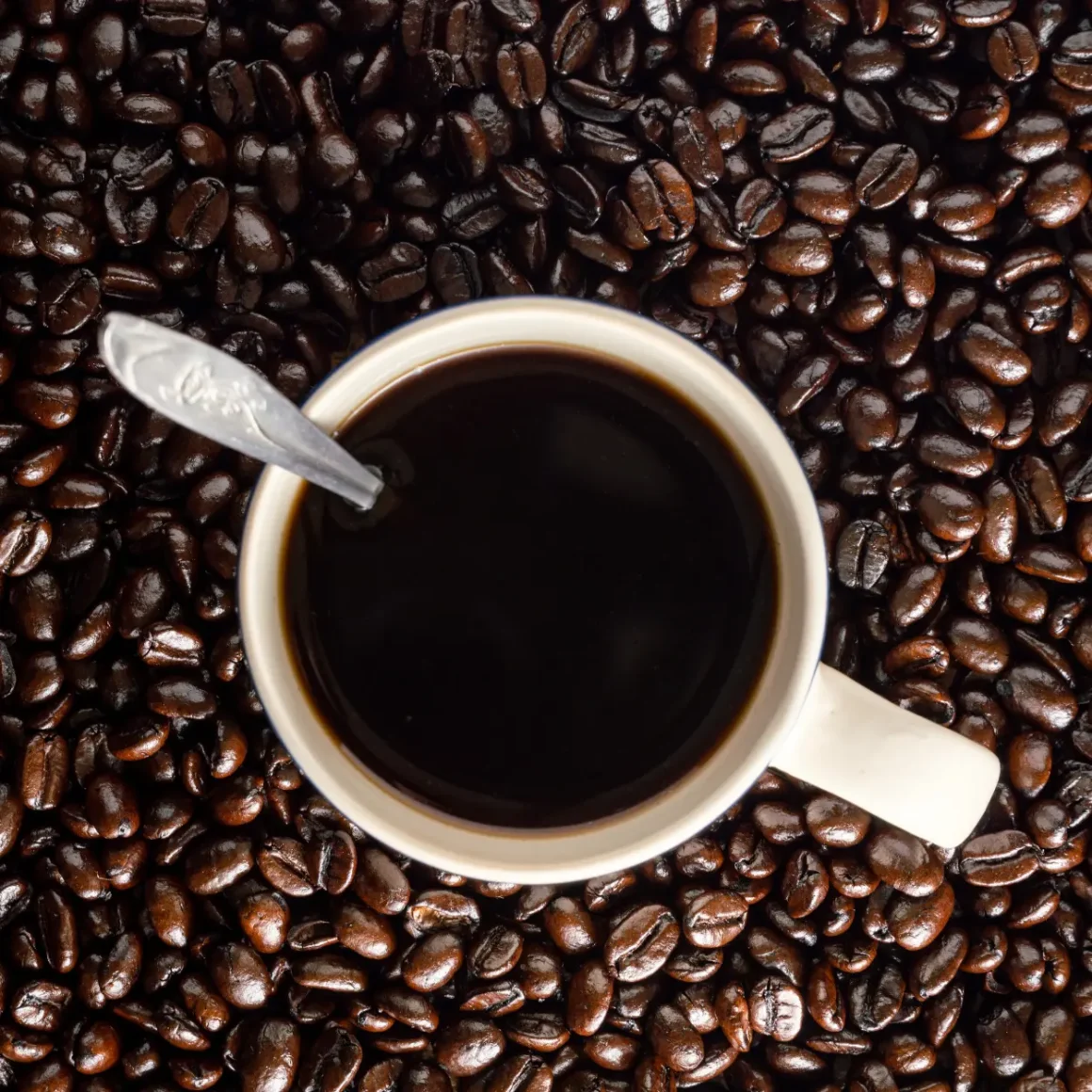
Dark coffee roast, often regarded as some of the best dark roast coffee by enthusiasts, is known for its notably smoky and intense aroma. This is a result of the extended roasting process it undergoes.
- Smoky Notes: The longer roasting time allows for a fuller development of smoky notes. These can range from a light smokiness to a more pronounced, almost burnt scent.
- Richness: This type of coffee roast typically presents a rich, deep aroma, often reminiscent of dark chocolate or toasted nuts.
- Less Fruitiness: Due to the intense roasting process, the fruity notes present in the beans are often subdued, making way for more robust aromas.
- Oiliness: The oils in the coffee beans are more pronounced in this roast, contributing to a heavier, more intense scent. (1)
Medium Roast Aroma: Mellow and Fragrant
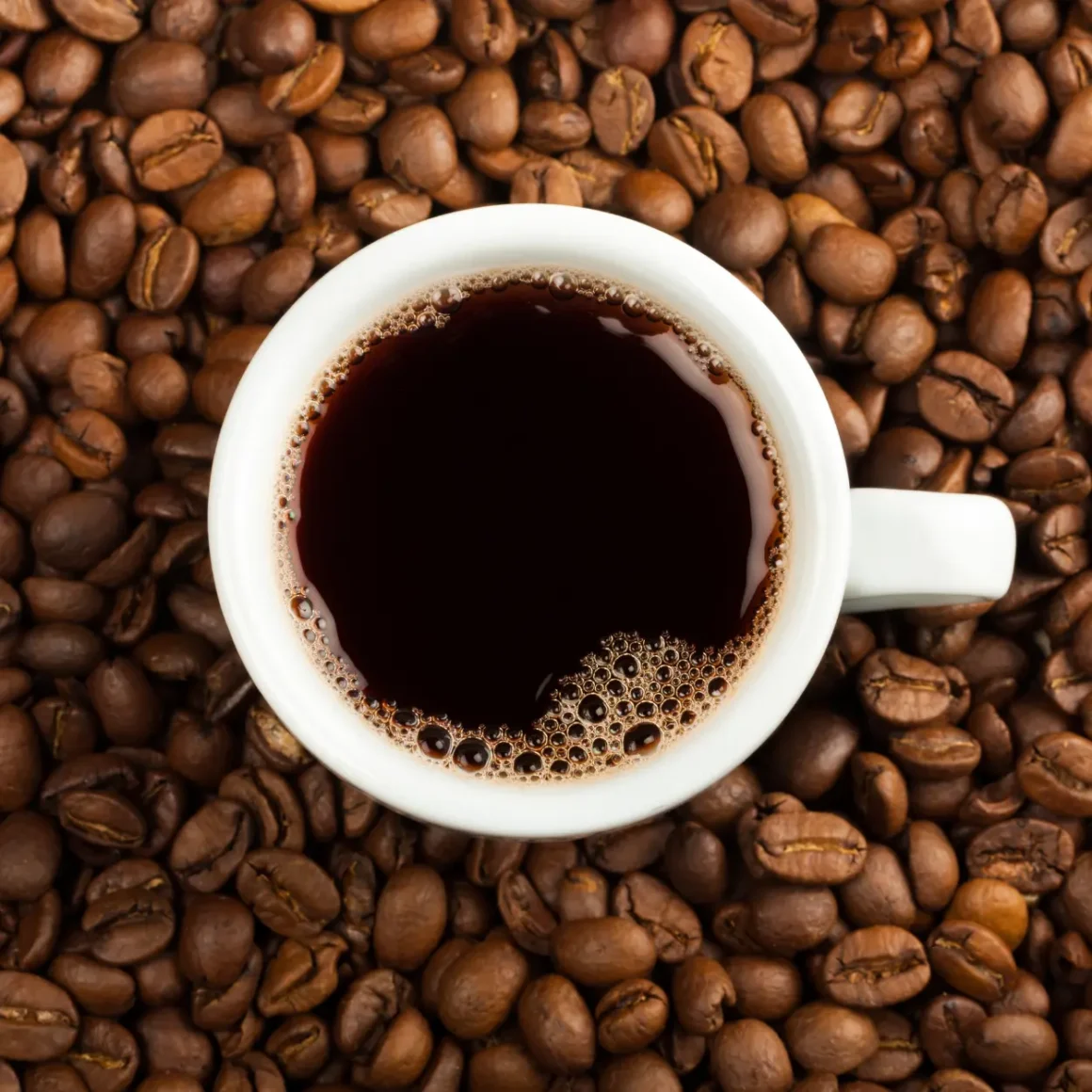
Medium coffee roast, often chosen as the best medium roast coffee for its balanced profile, offers a more mellow and fragrant aroma compared to its darker counterpart.
- Complexity: Medium roasts boast a complex array of aromas, blending the original characteristics of the bean with subtle roasting-induced scents.
- Fruity and Floral Notes: These coffees often retain more of the bean’s original fruity and floral notes, providing a brighter and more vibrant aroma.
- Caramelization: The roasting process introduces hints of caramelization, giving the coffee a warm and inviting scent without overpowering its natural fragrances.
- Balanced Intensity: The aroma of medium-roasted coffee is intense enough to be deeply satisfying yet balanced enough not to overpower the senses.
The Role of Aroma in Coffee Enjoyment

The aroma of coffee is not just a precursor to taste but a crucial part of the coffee-drinking experience.
- Sensory Connection: Aroma directly influences our perception of flavor. The olfactory senses play a key role in how we experience and enjoy our coffee.
- Memory and Emotion: Aroma can evoke memories and emotions, enhancing the overall enjoyment of the coffee. The smell of a particular roast might remind one of a favorite café or a special moment. (2)
- Variety and Preference: The wide range of aromas offered by different roasts caters to a variety of preferences. While some may relish the intense and smoky scent of dark roasts, others might prefer the subtler, more nuanced fragrance of medium roasts.
- Anticipation: The aroma of freshly brewed coffee sets the stage for the drinking experience, building anticipation and setting expectations for the flavor to come.
Overall, the choice between these roasts extends beyond just taste to include their distinct aromatic profiles, each playing a vital role in the overall sensory experience of coffee enjoyment.
Brewing Methods for Dark Roast and Medium Roast Coffee
Choosing the right brewing method for dark roast vs medium roast coffee can significantly enhance the flavor and enjoyment of your coffee. Whether you prefer the best French press method, a classic drip machine, or a robust espresso, each method interacts differently with these roasts, affecting the overall taste and quality of the brew.
French Press, Drip, or Espresso: Which is Better?
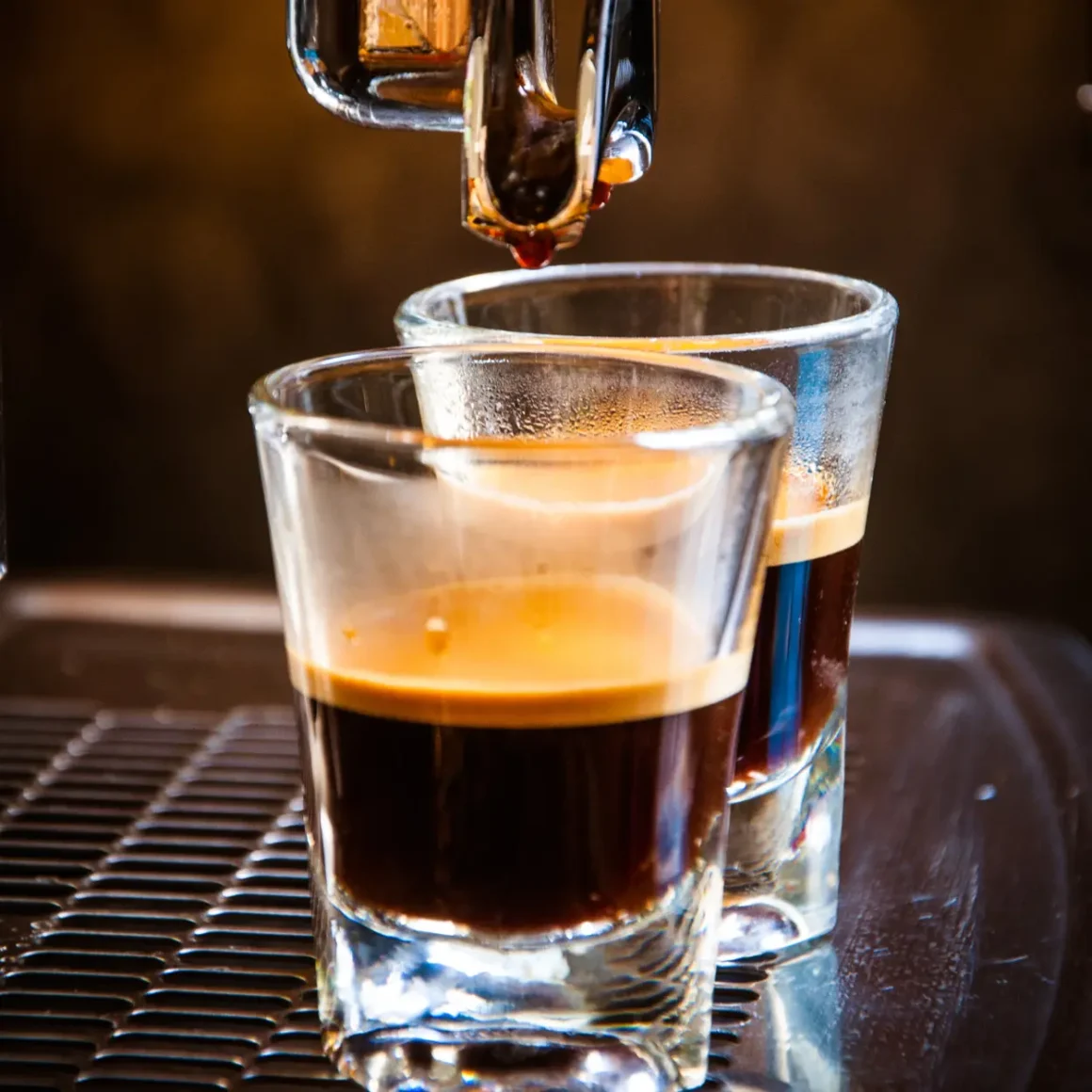
The choice of brewing method can depend on the type of roast and personal preferences.
French Press:
- Dark Roast: The French press is excellent for dark roasts, as it allows the bold, rich flavors to fully develop. The longer steeping time and absence of a paper filter mean that the oils and full-bodied nature of this type of roast are not lost.
- Medium Roast: For medium coffee roasts, the French press coffee maker also works well, especially if you enjoy a fuller-bodied coffee. However, the subtler notes might be less pronounced compared to other methods.
Drip Coffee:
- Dark Roast: Drip coffee makers are a convenient choice for this roast, especially if you prefer a cleaner, less oily cup. The filter can help reduce the bitterness sometimes associated with dark roasts.
- Medium Roast: Medium roasts shine in drip machines, as the method highlights their balanced flavor profile and ensures a smooth, even extraction.
Espresso:
- Dark Roast: Traditionally, espresso is made with dark roasts, and for good reason. The high pressure and short brewing time of an espresso machine extract the intense flavors and rich crema that dark roast lovers cherish.
- Medium Roast: Medium coffee roasts can also be used for espresso, particularly if you’re looking for a shot with more acidity and brighter flavors.
Brewing Temperature and Time: Affect on Flavor
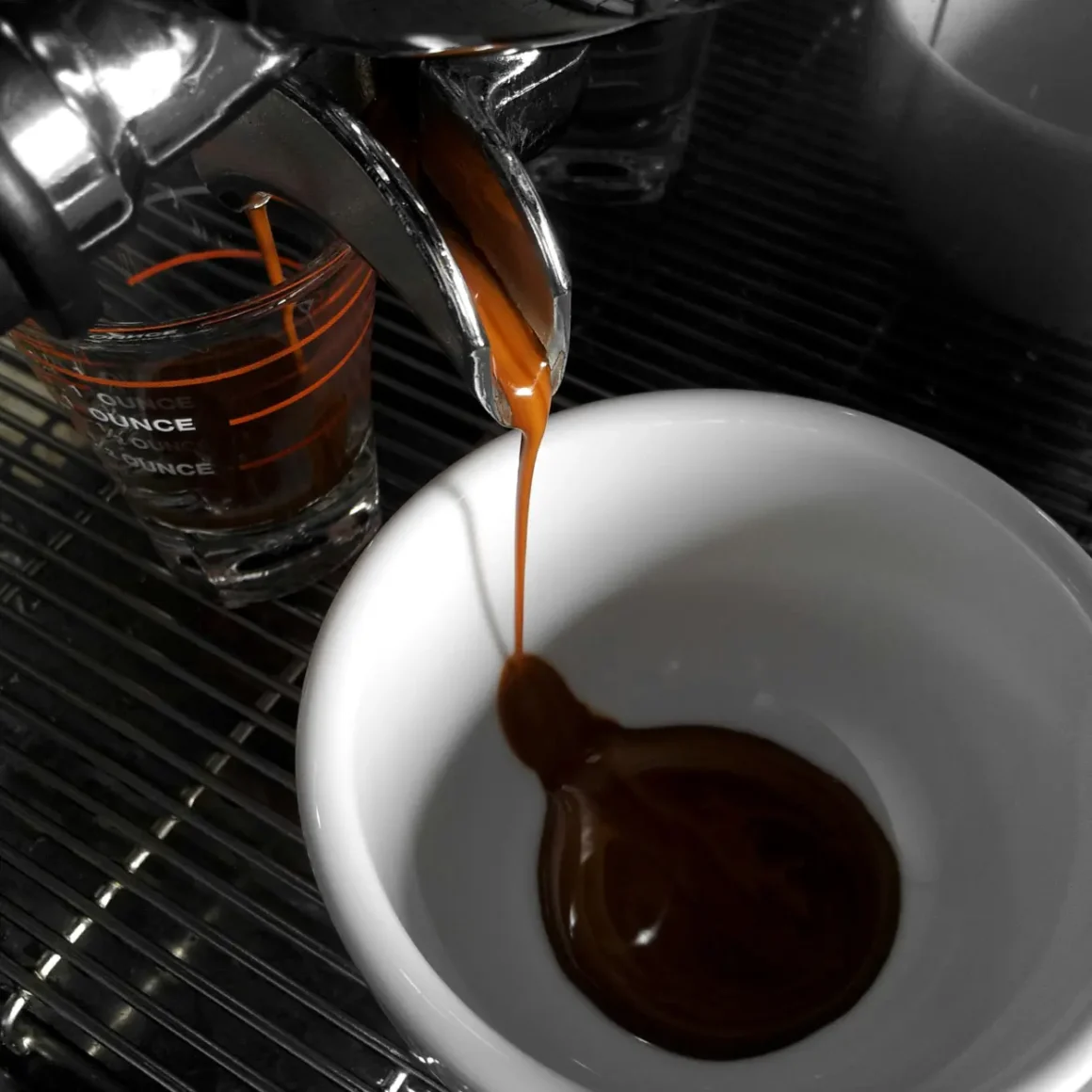
The brewing temperature and time play a critical role in extracting the best coffee flavors.
Temperature:
- Dark roasts generally benefit from slightly lower brewing temperatures (around 195°F to 205°F) to prevent over-extraction and bitterness.
- Medium roasts can handle slightly higher temperatures within the same range, which helps in extracting the full spectrum of flavors.
Time:
- For dark roasts, a shorter brewing time is often better to avoid bitterness (2-3 minutes). This is especially true for methods like espresso.
- Medium roasts can be more flexible with brewing time, allowing for a longer extraction to enhance their complex flavors (2-5 minutes).
Tips for Brewing the Perfect Cup
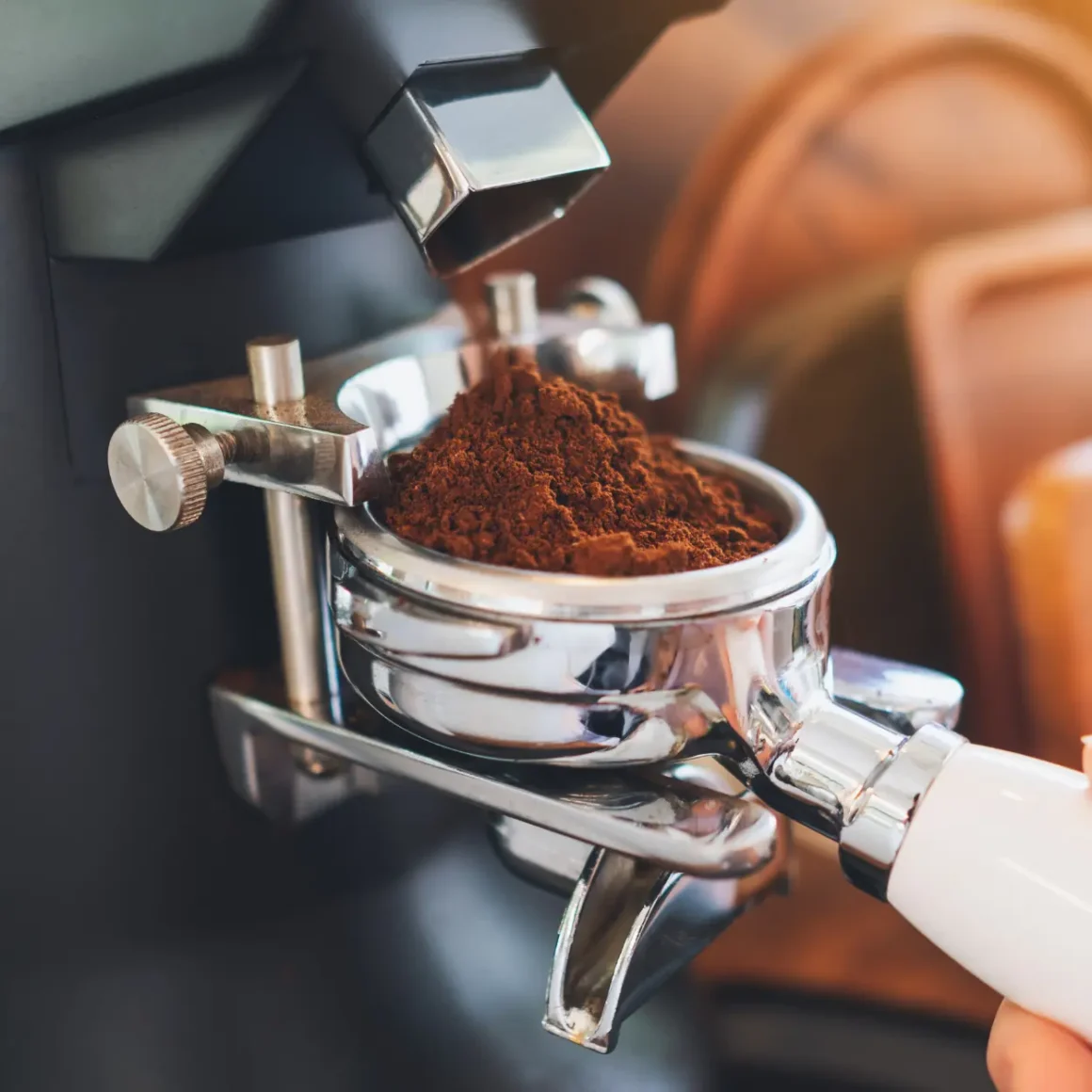
To make the most out of your dark or medium-roasted coffee, consider these tips:
- Grind Size: Adjust the grind size according to the brewing method. Coarser grinds are ideal for French press coffee, medium grinds for drip coffee, and fine grinds for espresso.
- Water Quality: Use fresh, filtered water to avoid any unwanted flavors in your coffee. (3)
- Coffee Freshness: Always use freshly roasted coffee beans for the best flavor. Grind the beans just before brewing.
- The ratio of Coffee to Water: Follow the recommended ratio of coffee to water for your chosen method (generally 1:15 to 1:17 for most methods).
- Experimentation: Don’t be afraid to experiment with brewing times and temperatures to find what tastes best for you.
Overall, the choice of brewing method greatly affects the flavor of both dark roast and medium roast coffee. By understanding how each method interacts with the coffee, and considering factors like brewing temperature and time, you can enhance your coffee experience and brew the best coffee every time.
Health Benefits and Considerations

When it comes to coffee, its health benefits and considerations are often a topic of interest for many enthusiasts. The debate around dark roast vs. medium roast coffee extends to their caffeine content, nutritional value, and their impact on digestion and stomach sensitivity. Understanding these aspects can help in making informed decisions about your coffee consumption.
Caffeine Content: Dark vs. Medium Roast
The question of whether does dark roast have more caffeine than medium roast is a common one. The truth is, that the difference in caffeine content between these roasts is relatively minimal.
- Dark Roast: Contrary to popular belief, this type of coffee generally has slightly less caffeine, around 51mg. The longer roasting process breaks down more caffeine.
- Medium Roast: Typically, medium roast coffee contains marginally more caffeine, around 120mg.
- Brewing Method Influence: It’s important to note that the brewing method and serving size can have a more substantial impact on caffeine content than the roast level.
Antioxidants and Nutritional Differences
Coffee is a significant source of antioxidants, and the roast level can influence its nutritional profile.
- Antioxidants: Coffee antioxidants are known for their health benefits, including reducing inflammation and combating free radicals. Beyond inflammation and free radical protection, coffee antioxidants have been associated with a range of other health benefits. Some studies suggest that regular coffee consumption may be linked to a reduced risk of certain diseases, such as type 2 diabetes, Parkinson’s disease, and Alzheimer’s disease. (4)
- Other Nutrients: Both dark and medium roast coffees contain modest amounts of certain vitamins and minerals. These variations in nutrient content between the two roast levels are relatively minor, meaning that coffee remains a consistent source of these essential micronutrients regardless of how it’s roasted.
Impact on Digestion and Stomach Sensitivity
Coffee can affect digestion and stomach sensitivity, and different roast levels may have varying effects.
- Acidity: Dark roast coffee is often less acidic than medium roast, which can be beneficial for individuals with stomach sensitivity or acid reflux.
- Digestive Benefits: Some compounds formed during the roasting process can promote healthy digestion and gut health.
- Stomach Sensitivity: Those with a sensitive stomach might find dark roast coffee easier to tolerate due to its lower acidity and smoother profile.
- Personal Tolerance: It’s important to consider personal tolerance and listen to your body, as individual reactions to different roasts can vary.
In summary, both roasts offer health benefits, primarily due to their antioxidant content. The differences in caffeine content are minimal, with the brewing method playing a larger role. Understanding these aspects, along with their impact on digestion and stomach sensitivity, can help coffee lovers make choices that suit their health needs and preferences.
Sustainability and Sourcing
In the world of coffee, sustainability, and ethical sourcing are vital considerations. The journey from bean to cup involves numerous processes, each with potential environmental and social impacts. Understanding these aspects is crucial, especially in the context of the coffee belt regions, where the majority of the world’s coffee is grown.
Ethical Sourcing: The Impact on Roast Types
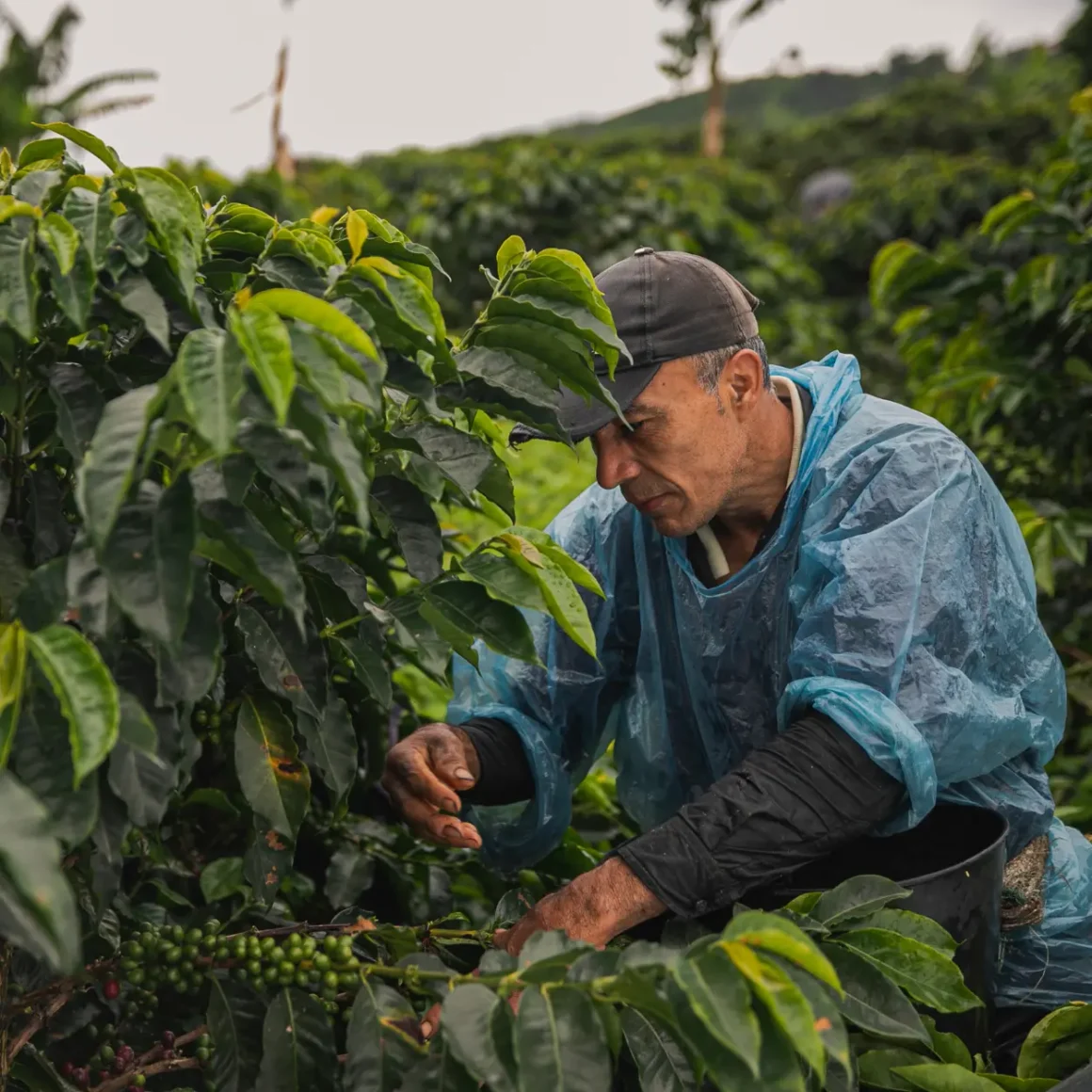
Ethical sourcing plays a significant role in the production of both dark and medium roast coffees, impacting their quality and sustainability.
- Fair Trade Practices: Engaging in fair trade practices ensures that coffee farmers in the coffee belt receive fair compensation. This is crucial for both dark and medium roast types, as it supports sustainable farming practices.
- Direct Relationships: Building direct relationships with farmers can positively impact the quality of the coffee. This direct sourcing often leads to better quality control and a more transparent supply chain.
- Certifications: Look for certifications like Rainforest Alliance or Fair Trade on coffee products. These certifications often indicate that the coffee has been produced under ethical and sustainable conditions.
Environmental Considerations in Coffee Roasting
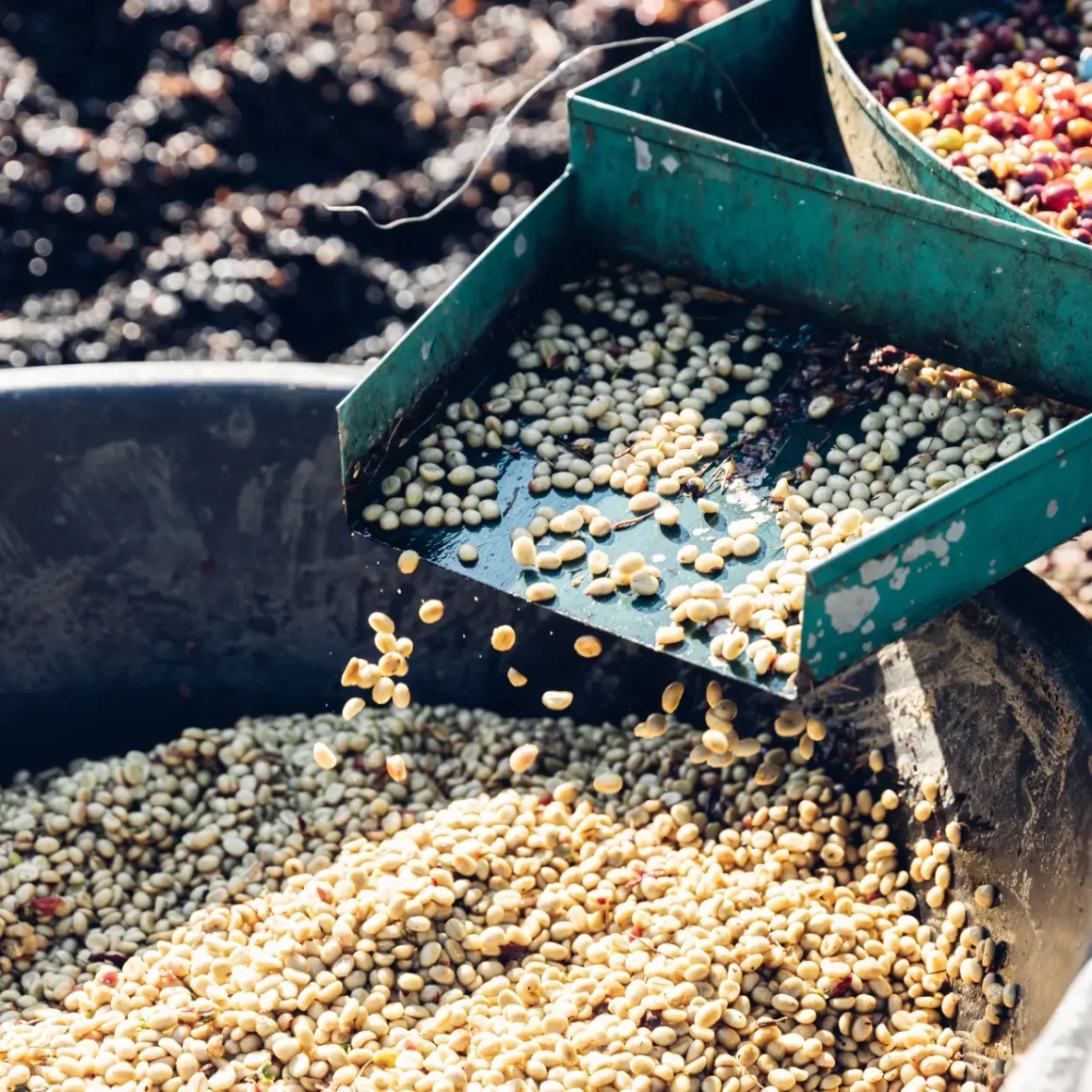
The process of roasting coffee has its environmental considerations, impacting sustainable coffee production.
- Energy Usage: Coffee roasting is energy-intensive. Sustainable roasting practices include using energy-efficient roasters and renewable energy sources.
- Emission Reduction: Techniques like smokeless roasting and heat recirculation can reduce emissions, making the process more environmentally friendly.
- Waste Management: Efficient management of chaff (the skin of the coffee bean that is shed during roasting) and other waste products is crucial for minimizing environmental impact.
Supporting Local Coffee Roasters
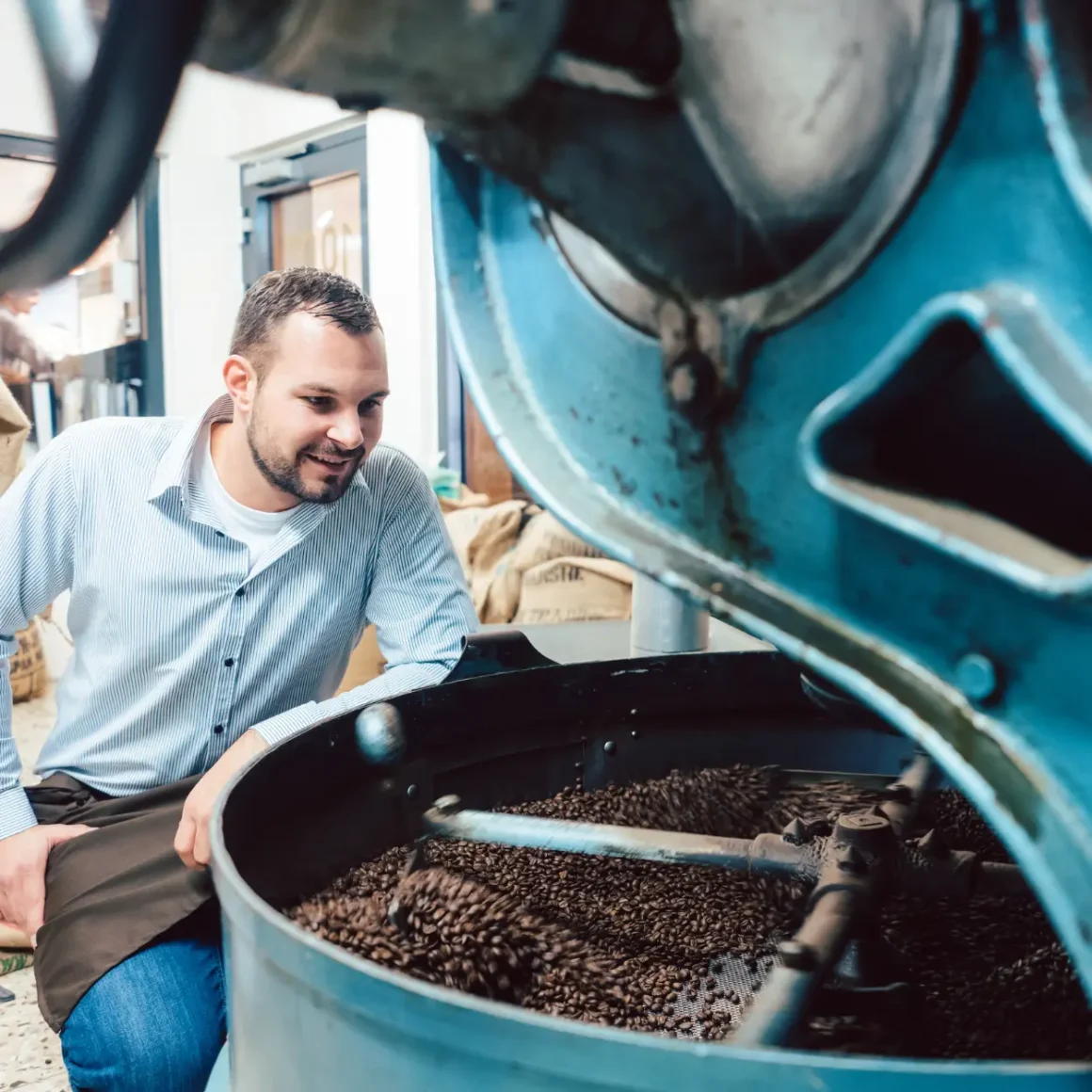
Supporting local coffee roasters can be a sustainable choice for coffee enthusiasts.
- Reduced Carbon Footprint: Buying from local roasters often means a shorter supply chain, which can significantly reduce the carbon footprint associated with transportation and distribution.
- Freshness and Quality: Local roasters can offer fresher products as the time between roasting and consumption is typically shorter. This often translates into a better quality cup of coffee.
- Community Impact: Supporting local businesses helps in boosting the local economy and can promote community growth.
- Education and Awareness: Local roasters often educate customers about sustainable practices and the origins of their coffee, fostering a more informed and conscientious consumer base.
Summing up, sustainability and ethical sourcing are critical factors in the coffee industry. Whether considering sustainable coffee options, understanding the impact of roasting on the environment, or choosing to support local roasters, these considerations play a vital role in the global coffee culture and its future.
Conclusion
In conclusion, the choice between medium vs dark roast coffee extends far beyond mere flavor preferences. It encapsulates a range of factors that contribute to the overall coffee experience. From the distinct aroma and taste profiles that define each roast to the specific brewing methods that best enhance their unique qualities, every aspect plays a pivotal role. Moreover, this choice is intertwined with broader considerations of sustainability and ethical sourcing, emphasizing the impact our coffee preferences have on the global environment and communities within the coffee belt. As consumers, understanding these facets helps us appreciate not just the beverage in our cup, but also the journey it has taken from bean to brew. This knowledge not only enriches our coffee experience but also empowers us to make choices that support a more sustainable and ethically conscious coffee culture.
FAQ
How does the aroma of dark roast coffee differ from medium roast?
Dark roast coffee generally exhibits a smoky and intense aroma, often with rich notes like dark chocolate, whereas medium roast coffee has a mellow, fragrant aroma, retaining more of the bean's original fruity and floral notes.
What brewing methods are best suited for each type of coffee roast?
French Press and espresso methods are ideal for dark roasts to enhance their bold flavors, while drip brewing works well for both roasts, and medium roasts can also be used for a smoother espresso.
Are there any health benefits associated with dark or medium-roast coffee?
Both dark and medium roast coffees offer health benefits, mainly due to their antioxidant content, with slight variations in caffeine levels and acidity that might affect digestion and stomach sensitivity.
How can consumers support sustainable and ethical coffee sourcing?
Consumers can support sustainable and ethical coffee sourcing by purchasing from brands that engage in fair trade practices, building direct relationships with farmers, and supporting local coffee roasters for fresher products and reduced carbon footprint.

